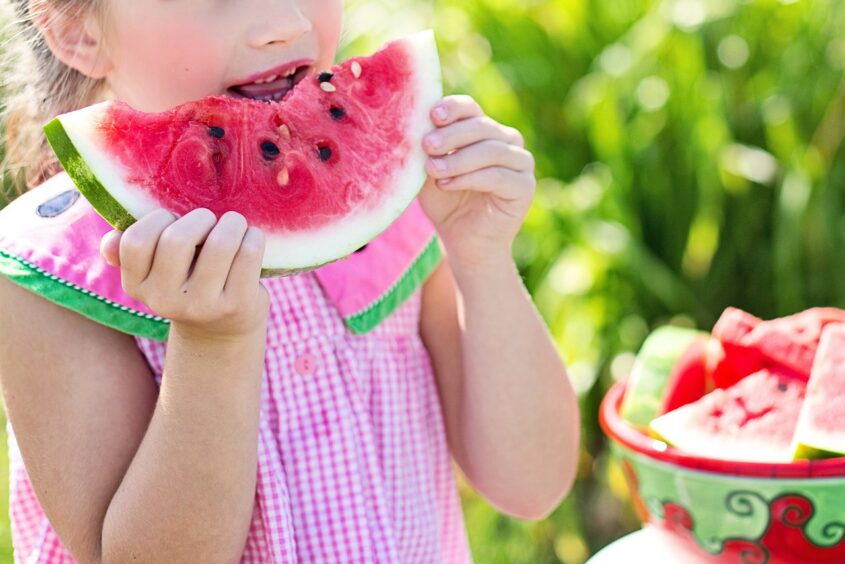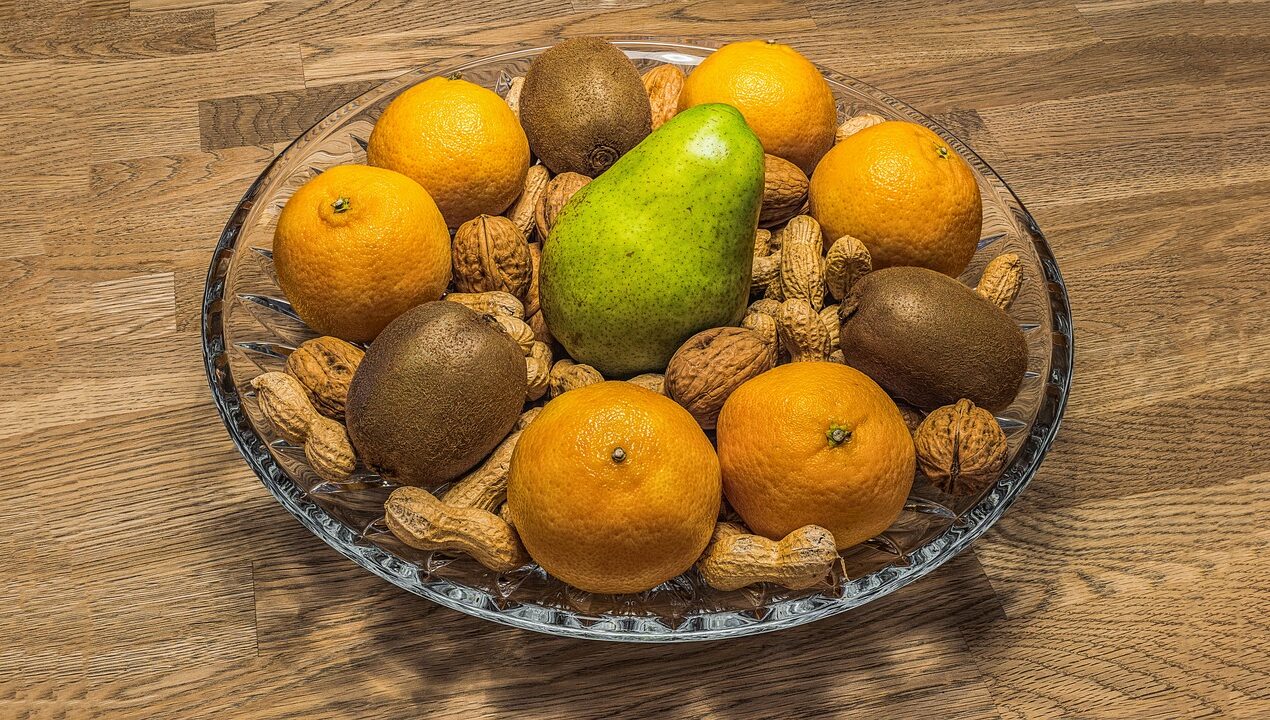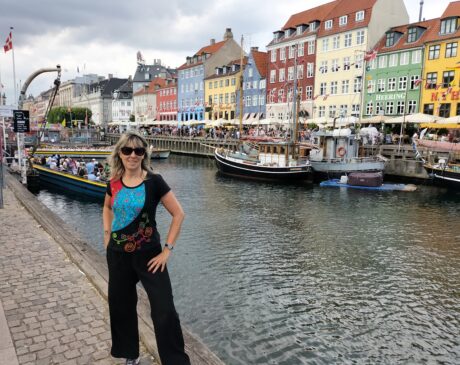The fruitarian diet: how to start and benefits

In the realm of dietary choices, the fruitarian diet stands out as a unique and intriguing approach; rooted in the belief that consuming predominantly or exclusively fruits is the key to optimal health, the fruitarian lifestyle has gained popularity among those seeking a natural and plant-based way of nourishing their bodies. In this article, we will explore how to start a fruitarian diet and delve into the potential benefits it may offer.
As we have seen in our article “Fruitarian diet: secrets, risks and cons”, the fruitarian diet is a subset of the broader vegan or plant-based diet that places a strong emphasis on consuming raw fruits.
Fruitarianism is often seen as a more extreme version of veganism, as it excludes not only animal products but also most cooked foods, grains, legumes, and vegetables; fruitarian practitioners believe that fruits are the most perfect and biologically suitable food for humans.
Let’s discover together all the benefits of the fruitarian diet!
Getting started with the fruitarian diet
Transitioning to a fruitarian diet requires careful planning and consideration to ensure you are meeting your nutritional needs. Here are some steps to help you get started:
- Education: before embarking on any major dietary change, it is crucial to educate yourself about the fruitarian lifestyle; learn about the principles, potential challenges and nutritional requirements of this diet. Seek information from reputable sources, consult with healthcare professionals and consider working with a registered dietitian to ensure you’re making informed decisions.
- Gradual transition: a sudden shift to a fruitarian diet may shock your system and lead to discomfort; it’s generally recommended to make a gradual transition by gradually increasing the proportion of fruits in your diet over a period of time. This allows your body to adapt and helps mitigate potential digestive issues.
- Variety is key: to ensure you obtain a wide range of nutrients, incorporate a variety of fruits into your diet; include both common fruits like apples, bananas and oranges, as well as lesser-known ones such as dragon fruit, guava and persimmons. This way, you can enjoy different flavors, textures and nutritional profiles.
- Supplementation: some nutrients, such as vitamin B12, iron and omega-3 fatty acids, are typically found in limited amounts in fruits; it may be necessary to consider appropriate supplementation or work with a healthcare professional to monitor and address any potential nutrient deficiencies.
Benefits of the fruitarian diet
This diet can offer several benefits to both physical and mental well-being; however, it is important to note that scientific research on the fruitarian diet is limited and individual experiences may vary.
Here we want to share with you some potential benefits associated with this diet:
- High nutrient content: fruits are rich in essential vitamins, minerals and antioxidants that are vital for overall health; they provide a wide array of nutrients, including vitamin C, potassium, folate and dietary fiber. Incorporating a variety of fruits can help ensure you receive a diverse range of these important micronutrients.
- Hydration and detoxification: fruits naturally contain high water content, aiding in hydration and promoting healthy digestion. Additionally, the fiber in fruits can support detoxification by assisting the body in eliminating waste and toxins.
- Antioxidant protection: fruits are abundant in antioxidants, which help combat oxidative stress and reduce the risk of chronic diseases. Antioxidants play a crucial role in neutralizing harmful free radicals, protecting cells from damage and supporting overall cellular health.
- Increased energy: some fruitarian diet followers report increased energy levels and improved vitality; this could be attributed to the high carbohydrate content of fruits, which serves as a readily available energy source for the body.
- Environmental considerations: the fruitarian diet is often viewed as an environmentally friendly choice; fruits generally require fewer resources, such as water and land, compared to animal agriculture. By adopting a fruitarian lifestyle, individuals may contribute to reducing their ecological footprint.
Fruitarian diet VS Vegan diet
When it comes to dietary choices, the fruitarian diet and the vegan diet are two distinct approaches that share a common foundation of plant-based eating; however, there are some differences between the two. Let’s explore together the disparities between the fruitarian and vegan diets to help you better understand their unique characteristics.

Fruitarian diet: the fruitarian diet is a subset of the broader vegan diet that places a strong emphasis on consuming raw fruits; fruitarianism is centered around the belief that fruits are the most perfect and biologically suitable food for humans. Here are some key aspects of the fruitarian diet:
- Fruit focus: fruitarianism revolves around consuming predominantly or exclusively fruits.
- Limited food choices: fruitarianism typically excludes most cooked foods, grains, legumes and vegetables.
- Nutrient considerations: since the fruitarian diet restricts several food groups, careful attention must be paid to meeting nutritional needs; supplementation or professional guidance may be necessary to address potential deficiencies.
Vegan diet: the vegan diet, on the other hand, is a broader dietary philosophy that excludes all animal products and by-products. It is based on the principle of avoiding animal exploitation and cruelty. Here are some key aspects of the vegan diet:
- Plant-based variety: vegans consume a wide range of plant-based foods, including fruits, vegetables, grains, legumes, nuts and seeds. The diet encourages diversity and emphasizes the importance of obtaining nutrients from different plant sources.
- Exclusion of animal products: vegans strictly avoid all forms of animal-derived products, including meat, poultry, fish, dairy, eggs, honey and gelatin.
- Nutritional considerations: while a well-planned vegan diet can meet all nutritional needs, certain nutrients require attention, such as vitamin B12, calcium, iron and omega-3 fatty acids
Fruitarian diet: recipe and menu examples
The fruitarian diet, with its emphasis on consuming predominantly or exclusively fruits, offers a unique approach to nourishing the body. While the diet may seem restrictive at first glance, there are numerous creative and satisfying ways to enjoy a variety of fruits in delicious meals.
We want to provide you with recipe and menu examples to inspire your fruitarian culinary adventures!
Breakfast:
- Tropical fruit salad: combine a variety of tropical fruits such as mangoes, pineapples, papayas and kiwis. Add a squeeze of lime juice and a sprinkle of shredded coconut for extra flavor.
- Banana pancakes: mash ripe bananas and mix them with a small amount of coconut flour or ground oats to form a batter. Cook small pancakes on a non-stick pan and serve them with fresh berries or a drizzle of maple syrup.

Lunch:
- Mixed berry smoothie bowl: blend a combination of mixed berries like strawberries, blueberries and raspberries with a splash of plant-based milk. Pour the smoothie into a bowl and top it with sliced fruits, granola and a sprinkle of chia seeds.
- Watermelon gazpacho: in a blender, puree fresh watermelon chunks with cucumber, mint leaves and a squeeze of lime juice. Serve chilled and garnish with diced watermelon and additional mint leaves.
Snacks:
- Apple nachos: slice crisp apples into thin rounds and arrange them on a plate. Drizzle with almond butter and sprinkle with crushed nuts, shredded coconut and cinnamon.
- Fruit skewers: thread chunks of various fruits, such as grapes, melon, pineapple and strawberries, onto skewers for a colorful and refreshing snack.
Dinner:
- Zucchini noodles with mango sauce: use a spiralizer to transform zucchini into noodles; for the sauce, blend ripe mangoes with a touch of ginger, lime juice and a hint of chili flakes. Toss the zucchini noodles with the mango sauce and garnish with fresh cilantro.
- Stuffed bell peppers with fruit salad: cut the tops off bell peppers and remove the seeds. Fill the peppers with a mixture of diced mangoes, cucumbers, tomatoes and avocado. Drizzle with a dressing made from lime juice, olive oil and salt.
Dessert:
- Banana ice cream: freeze ripe bananas and blend them until smooth and creamy. Add flavors like vanilla extract, cacao powder or frozen berries for variations. Serve as is or top with chopped nuts, cacao nibs or shredded coconut.
- Berry parfait: layer fresh berries, such as strawberries, blueberries and raspberries, with coconut yogurt or almond milk yogurt. Top with a sprinkle of granola and a drizzle of honey or maple syrup.
These recipe and menu examples illustrate the versatility and deliciousness of the fruitarian diet; remember to choose ripe, seasonal fruits for optimal flavor and nutritional value.
Feel free to experiment with different fruits, herbs, spices and textures to create your own unique fruitarian meals.
Enjoy the vibrant flavors and nourishing qualities of nature’s sweet gifts on your fruitarian journey!
In conclusion…
The fruitarian diet is a unique approach to nourishing the body, emphasizing the consumption of raw fruits. While it offers potential benefits, such as high nutrient content, hydration and antioxidant protection, it is crucial to approach this diet with caution, considering potential nutritional imbalances and individual variability.
Before embarking on any significant dietary change, consult with healthcare professionals or registered dietitians to ensure your nutritional needs are adequately met.
Remember, each person’s journey toward optimal health is different and finding the right balance is key!



